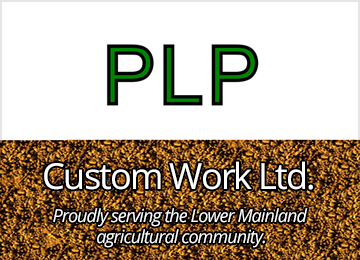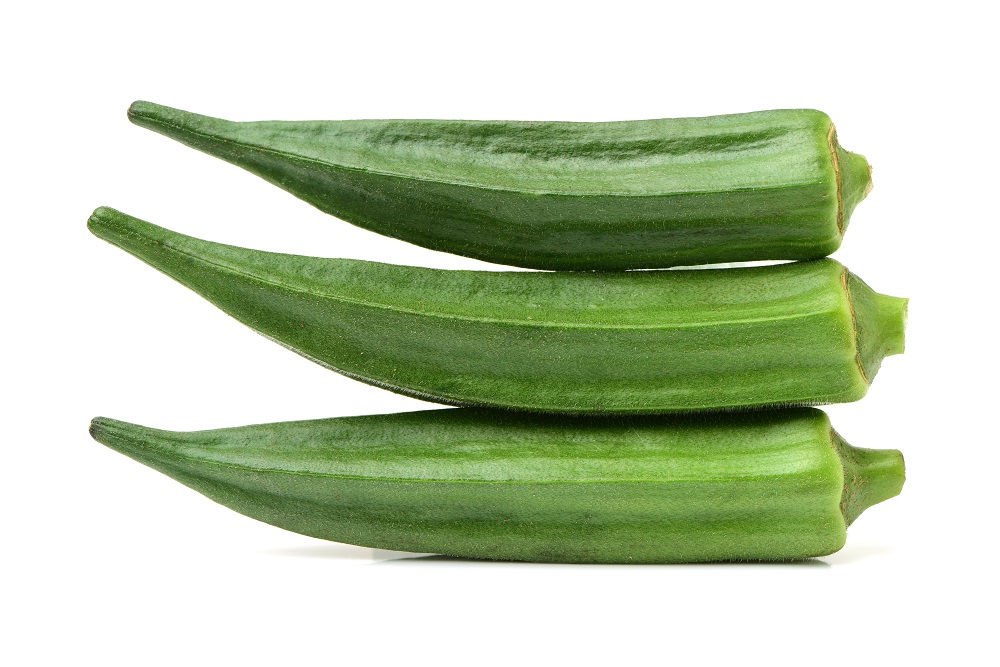Susan Smith & Siva Sabaratnam
As members of the nightshade or solanaceous family, potato and tomato plants are susceptible to one of the most destructive plant diseases, late blight.
This pathogen (Phytophthora infestans) thrives and produces spores under humid or moist conditions, but causes infection only when free water is present on plants. That means our wet weather and cool to moderate temperatures make the Lower Mainland an area where late blight can spread rapidly.
On potatoes, symptoms of late blight first appear as large, soft, water-soaked spots with a light green halo on the leaves. Symptoms will also commonly develop on stems and leaf petioles, which turn brown or black, and a white, fuzzy mould can be seen on the underside of the leaves. As the disease progresses, the whole plant may die back to the ground. If late blight is present at harvest, tubers may become infected resulting in a firm brown rot that starts at the skin and eventually affects the whole tuber. Although symptoms appear slightly differently on tomato plants the organism causing late blight is the same.
In addition to persisting in the soil and on infected plant tissues for a period of time, the late blight pathogen can cause infection during cool, wet or humid weather through structures called sporangia. These can easily be spread up to 20 km via water, wind and wind-blown rain and cause infection in healthy solanaceous plants. For this reason, when late blight is in an area, commercial potato growers are at risk of greater losses from disease outbreaks in the field and also when potatoes are in storage.
Because potatoes and tomatoes are popular crops for home and community gardens, late blight can easily be spread to commercial potato fields. To minimize and hopefully prevent this from occurring, there are several preventative measures that can be taken.
First, home gardeners are strongly encouraged to plant only certified seed potatoes, which are inspected and tested to ensure that they do not exceed accepted levels of critical diseases. Potatoes grown in the garden or purchased for eating should never be used as seed because a potato tuber is a part of its mother plant and can spread its diseases to nearby commercial potato fields.
Using certified seed potatoes is a good start for a successful disease-free garden.
Other important practices for preventing and minimizing the severity of late blight in the garden include:
- Minimizing humidity by avoiding overhead irrigation
- Growing short season varieties during periods where weather conditions are less favourable to late blight
- Applying registered fungicides as a preventative measure. (Note: always read and follow product label directions carefully)
- Regularly inspecting potato plants for late blight symptoms
- Doing a thorough clean-up of infected plant materials; and disposing of unwanted tomatoes and potatoes by either burning or removing in a sealed bag to a landfill, not in your compost at home; and
- Growing potatoes or tomatoes (or any other solanaceous plant) in a different area of the garden from the previous season.
The BC Potato and Vegetable Growers Association has undertaken a project to develop information materials and carry out education and outreach to community home gardeners on preventing the introduction and spread of plant pests to commercial growers. The BC Ministry of Agriculture and Agriculture and Agri-Food Canada——through Growing Forward 2, a federal-provincial-territorialinitiative—are pleased to provide financial assistance for this biosecurity project.
For more information, please contact Susan Smith or Siva Sabaratnam at the BC Ministry of Agriculture (Susan.L.Smith@gov.bc.ca, Siva.Sabaratnam@gov.bc.ca) or Marjolaine Dessureault at ES Cropconsult Ltd. ( marjo@escrop.com.)












